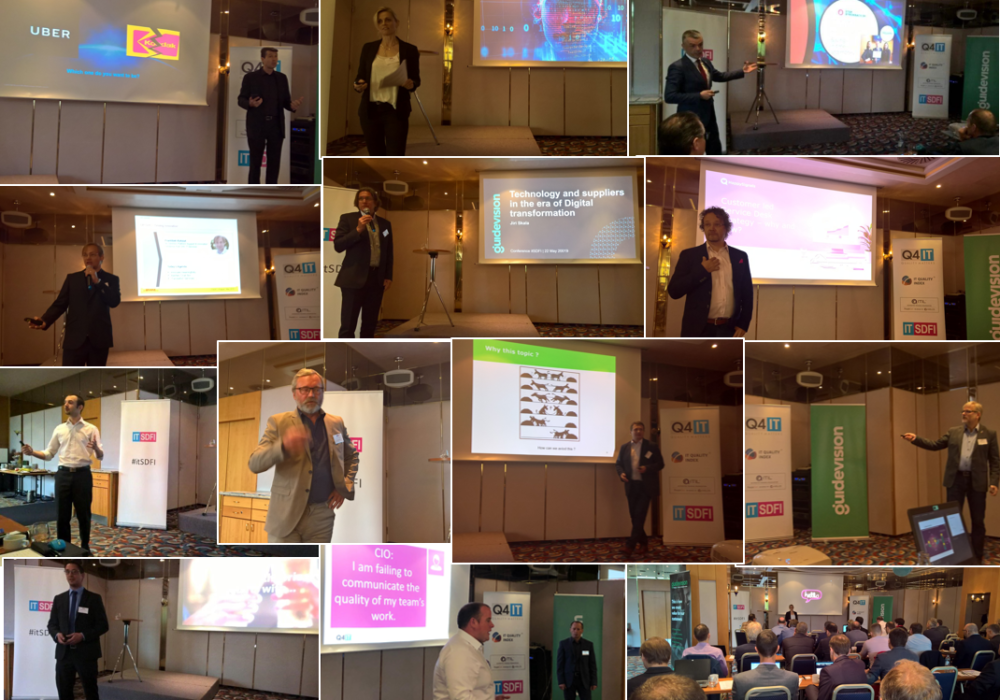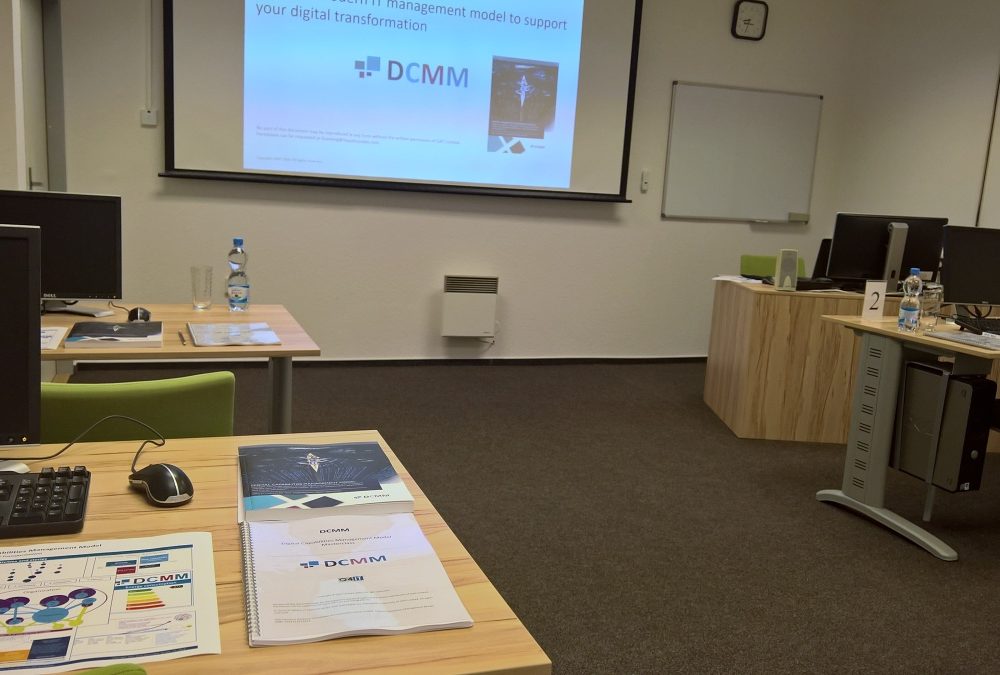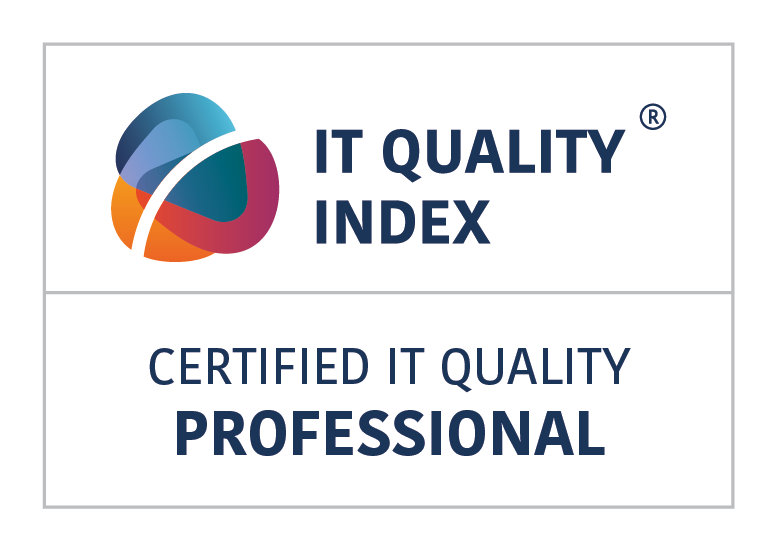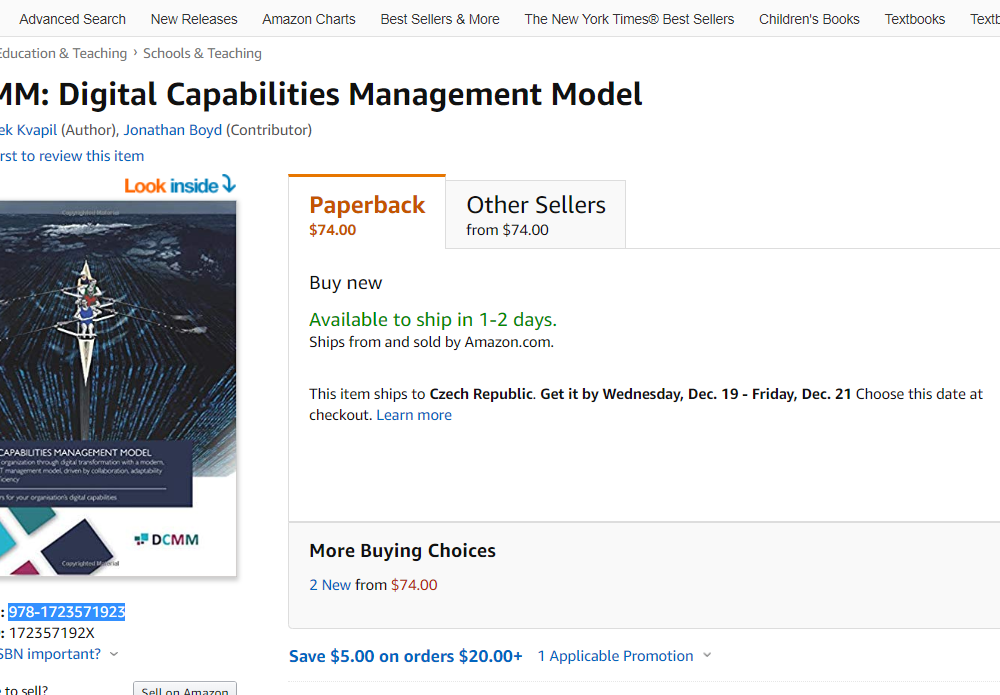Our company will be delivering ITIL 4 Managing Professional Training – ITIL4 MPT, we are preparing to run this course either in 12/2019 or 01/2020 This advanced, 5 days course is targeted to : ITIL Experts or holders of 17 points of ITIL V3 scheme – which means who didn’t pass yet ITIL MALC course Specially […]
Great feedback from itSDFI 2019 conference
Conference key points – itSDFI 2019 Last week we had great opportunity to meet with future focused minds and discuss “Digital Governance” – how digital era is changing CIO’s world. Dr. Marcell Vollmer keynoted how our we can shape our future by acting fast. Lizzie Hodgson reminded audience that we are humans and we shouldn’t forget it […]
New course – DCMM Masterclass
Inside organization we collaborate, which implicates different management patterns. While ITSM/Agile are designed with customer = “them” logic, in DCMM we approach IT as a nervous system of its own organization. DCMM Masterclass key parts The logic of ITSM and its consequences Context of Agile Management patterns Key attributes of collaboration inside an organization Digital […]
Quality Management skills
Quality Management skills are frequently missing in many IT departments. – Everyone should know what IT quality is – IT Quality Foundation – Expert should know how to measure IT Quality and compare it – IT Quality Expert – Manager should establish IT QMS – IT Quality Manager Within IT Quality Index framework above areas […]
DCMM published
DCMM: Digital Capabilities Management Model is a radically new management model designed to support CIOs with their organization’s digital transformation pathing the way for success in a new era by providing the “what” not just the “why”. It offers entirely new thinking that will help you manage complexity, speed of change and uncertainty in the […]



